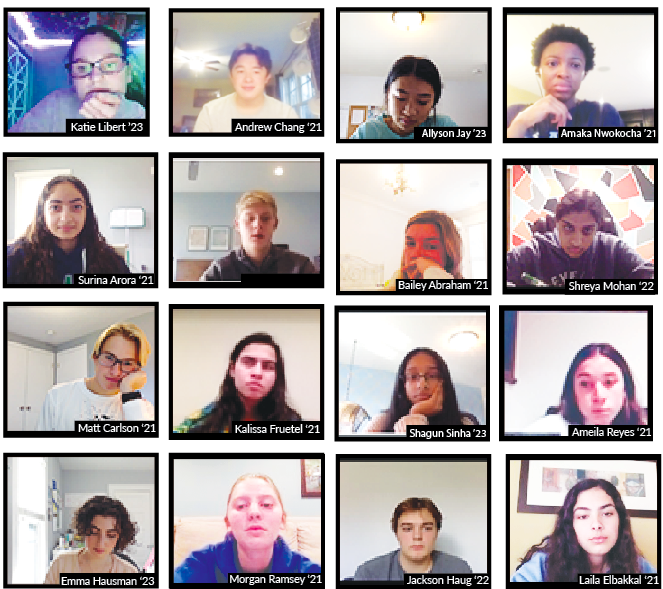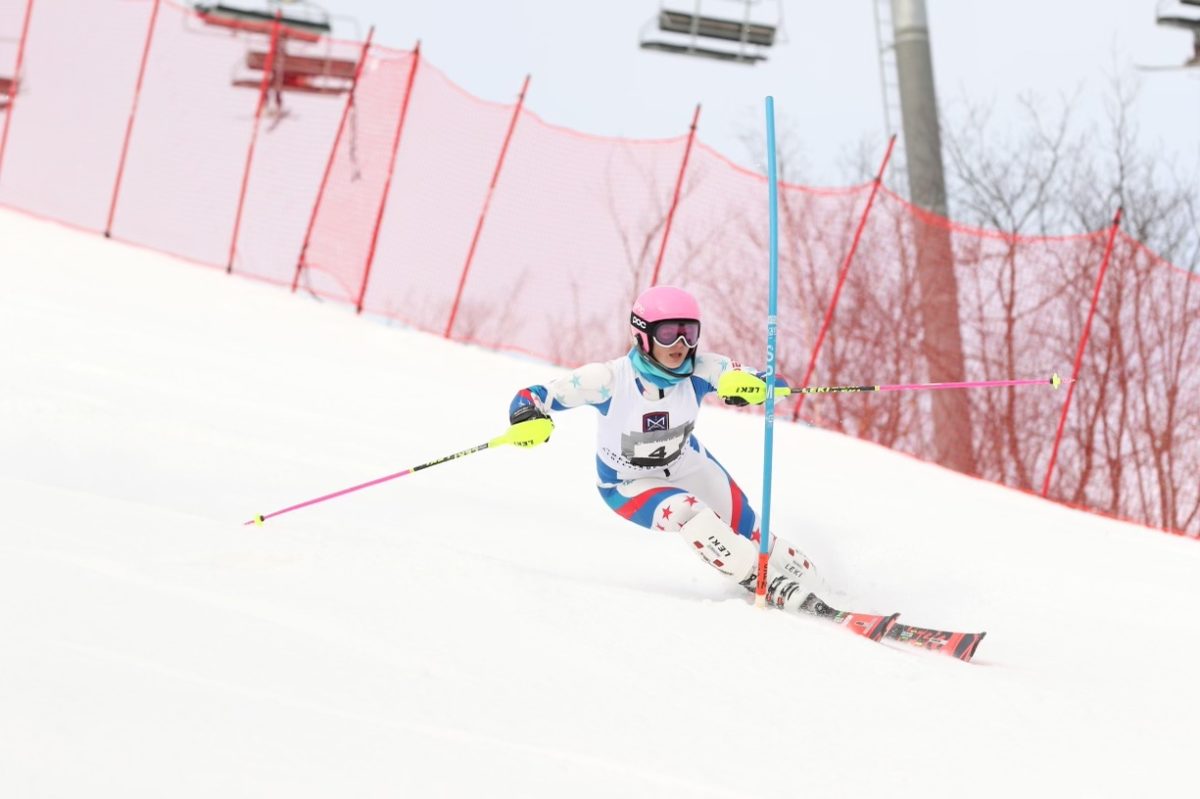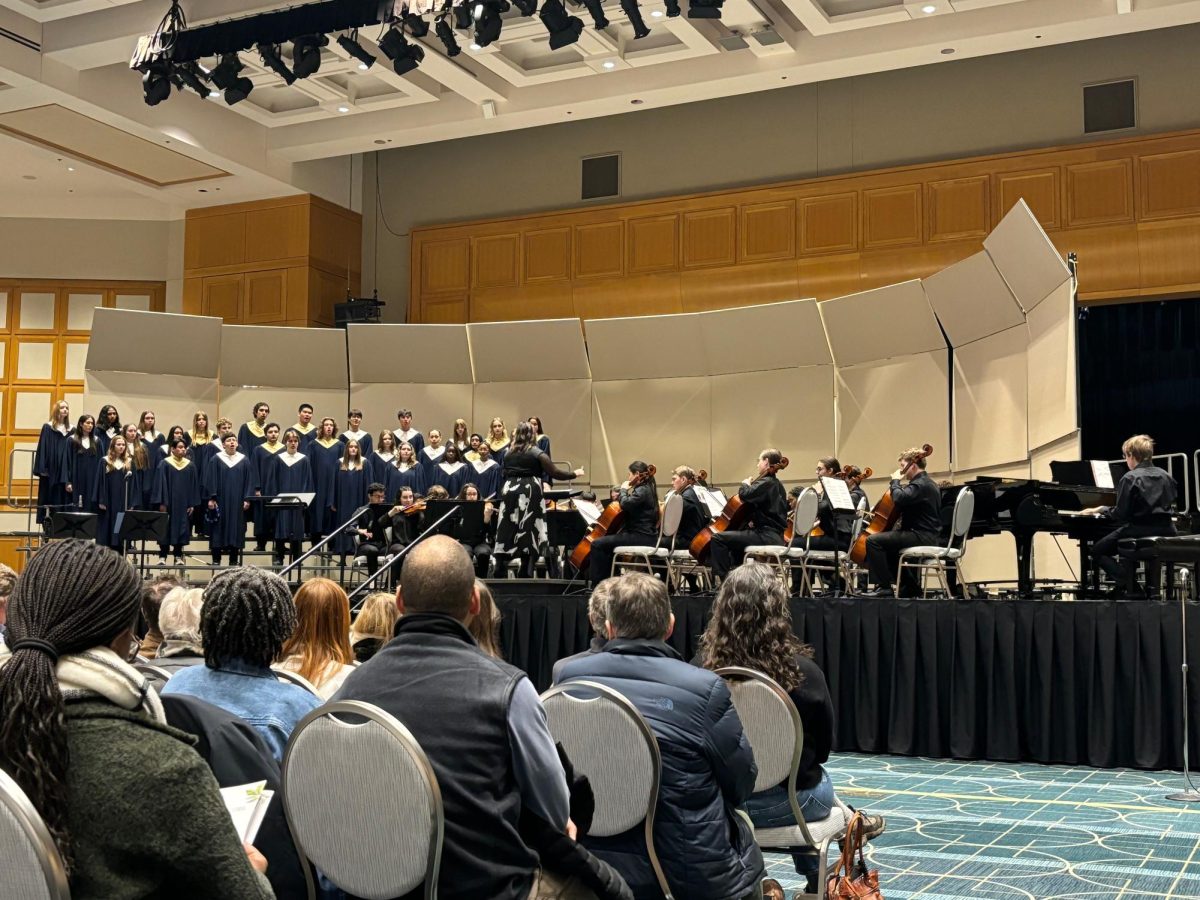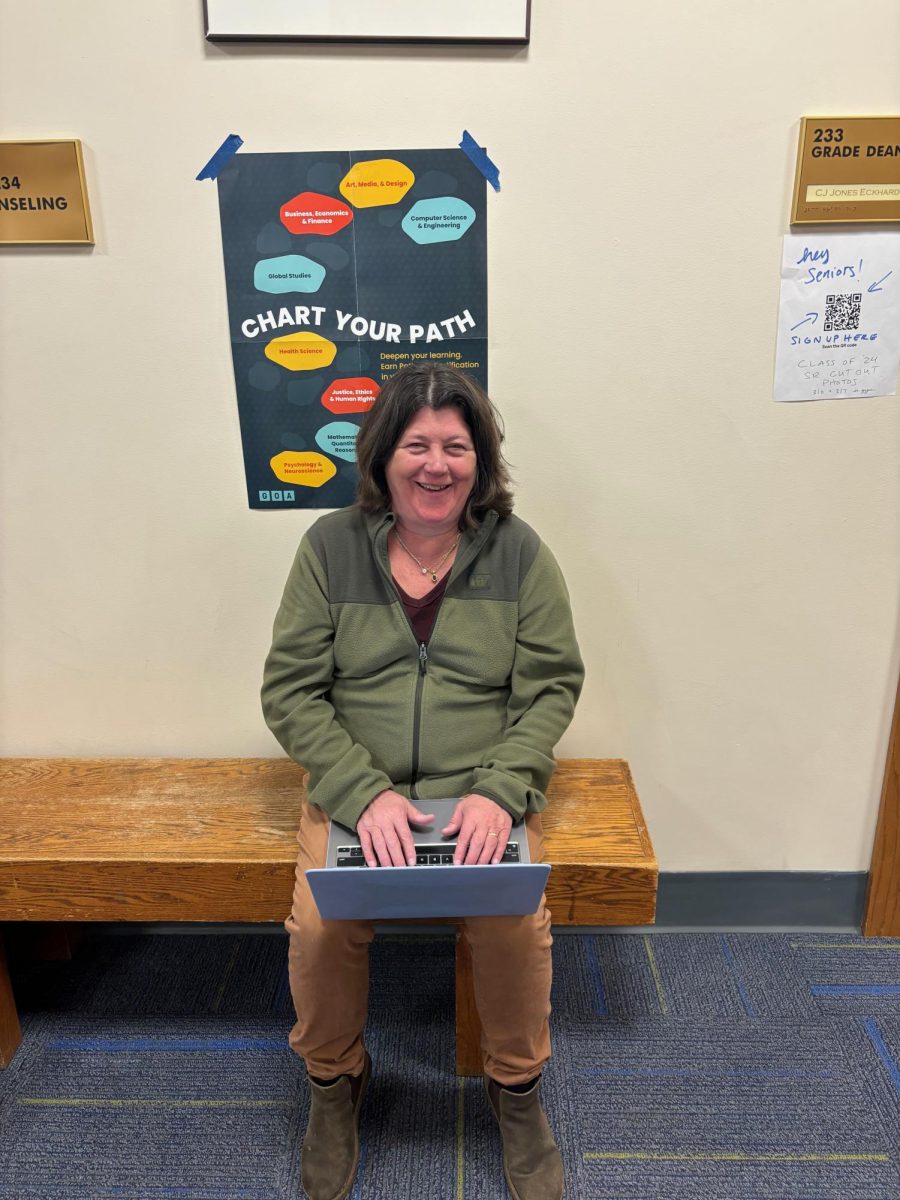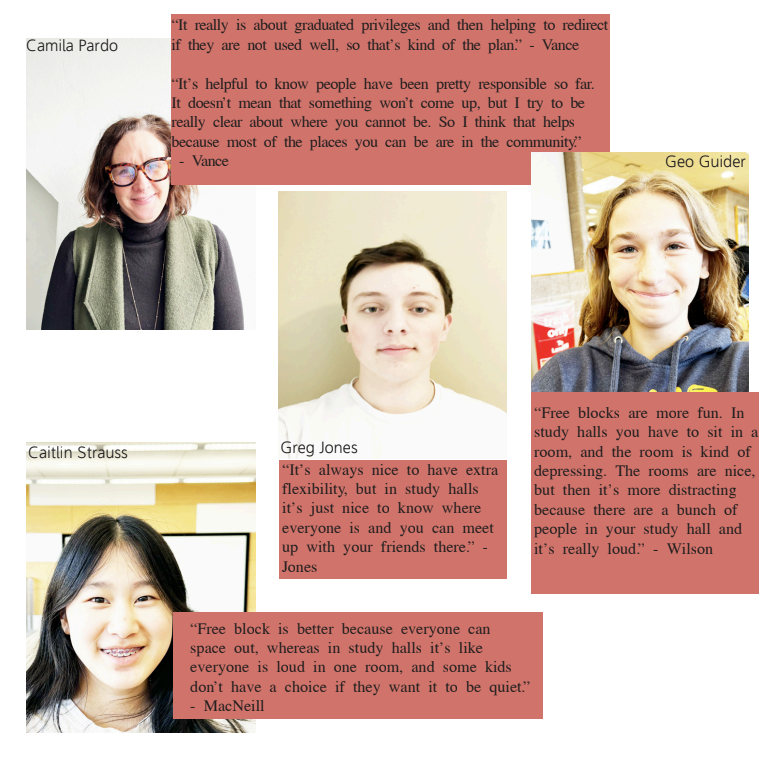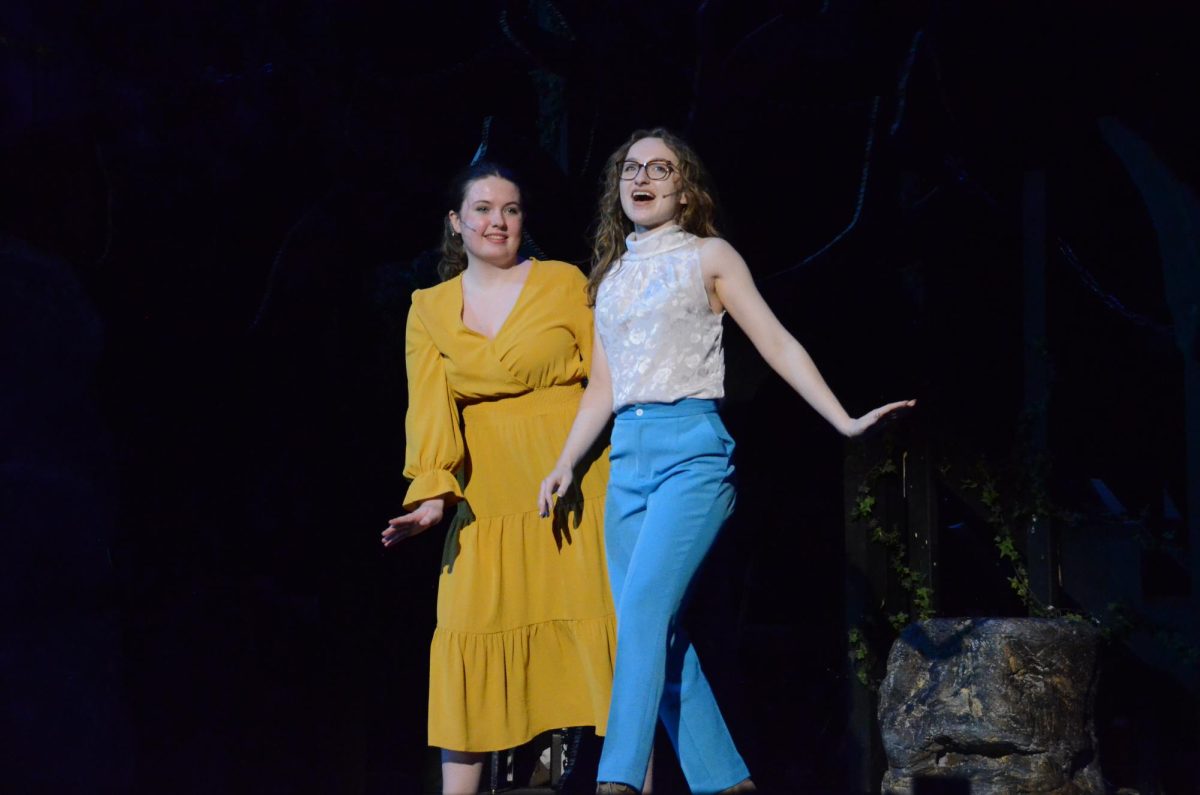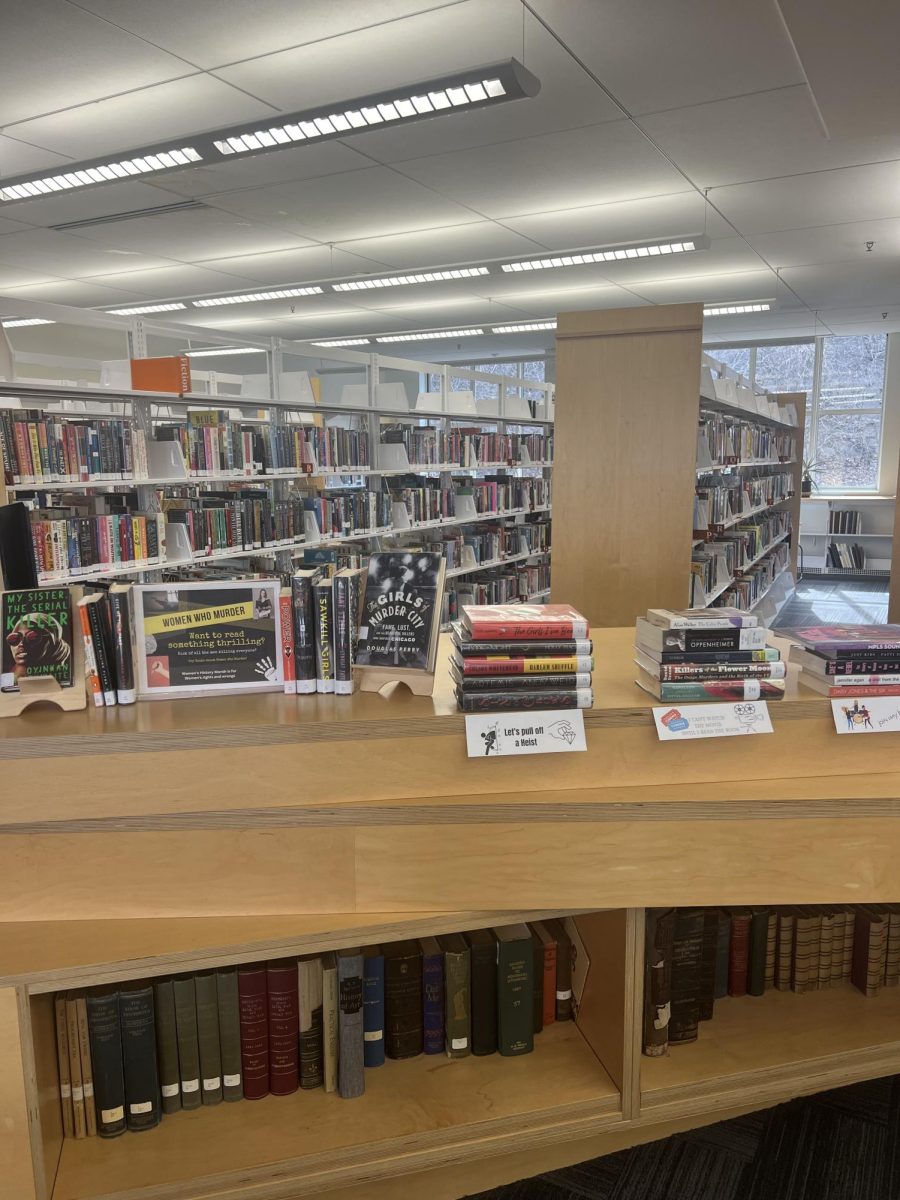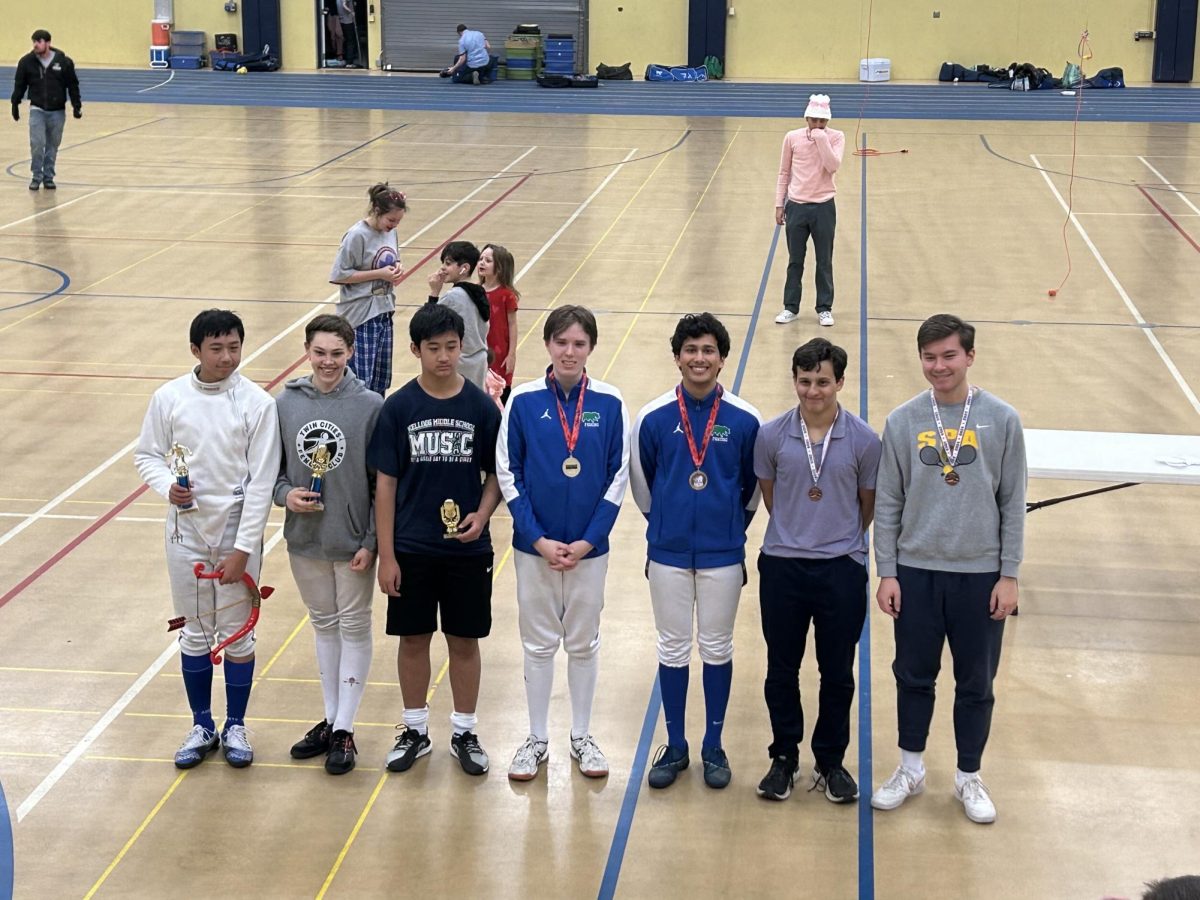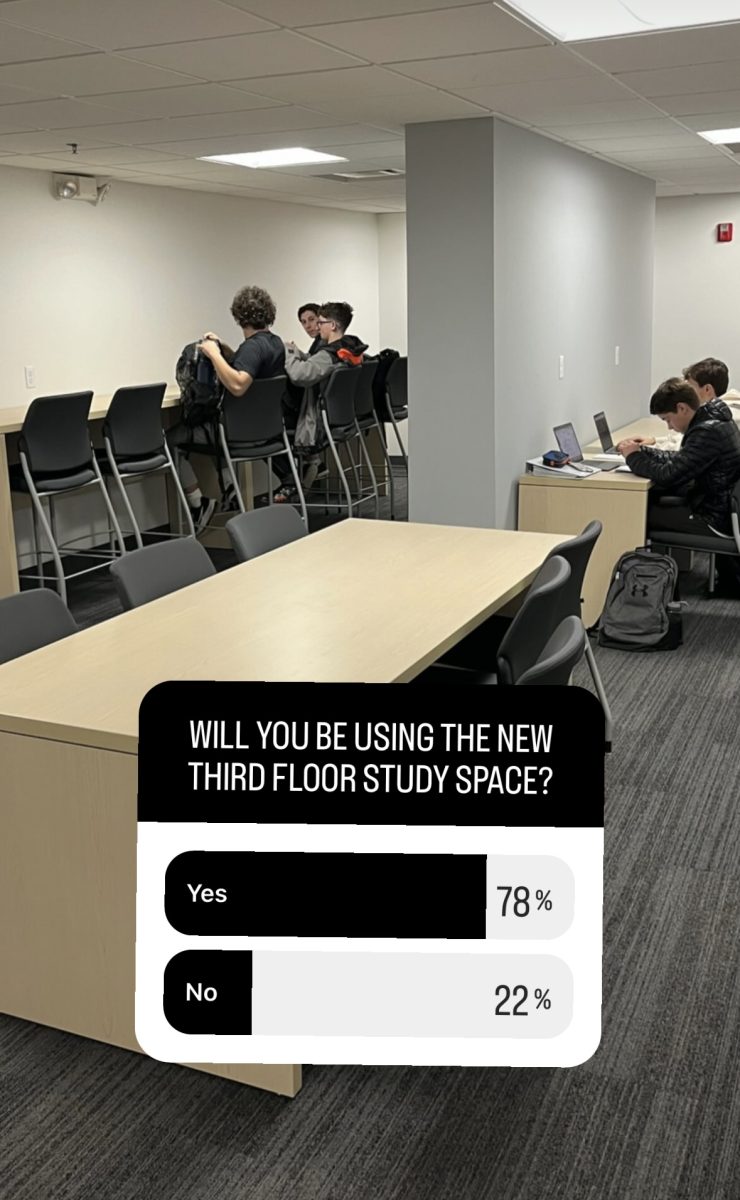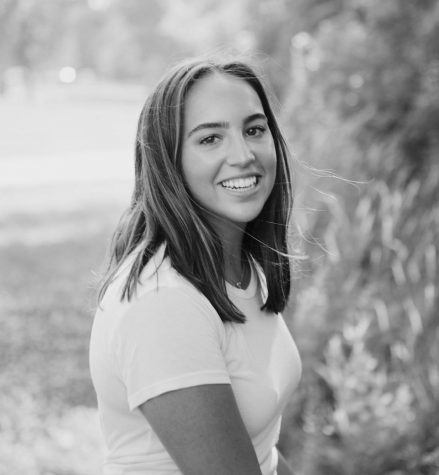The revised Remote Teaching and Learning Plan (RTLP 2.0), which started on Monday, Nov. 30, has been developing since May and is designed to allow more frequent class meetings within a shorter school day.
While many perspectives went into RTLP 2.0, it was designed by a core committee made up of Upper School Director Joe Ruggiero, Assistant Director Paul Menge, Librarian Kali Olson, Social Studies Chair Beth Calderone, Spanish teacher Eva Mateo, Latin teacher Alita Shenk, Library & Media Chair Lizz Buchanan, Chinese teacher Lina Jin, math teacher Jessica Williams, and English teacher Anna Reid. The committee began working on HTLP and a revised RTLP after the 2019-2020 school year and finalized RTLP 2.0 this fall, just weeks before the shift to remote learning.
In May and June, Ruggiero says, “what we did was gather all of the feedback that we got from the surveys that we sent out to parents, students, and faculty and analyzed that and looked for patterns and priorities based on that information.” These surveys informed the committee’s objectives and potential schedules. Mateo says, “It was good discussions, but a lot of changing and adjusting to make sure that we were getting to our goals.”
Their main goals included maintaining a sense of community, creating a manageable workload that didn’t require too many hours in front of the computer at a time, and creating more regular class meetings. Mateo says, “Another priority was to maintain the spirit and the quality of the Blake program, and we know that with the thirty-minute [classes] we had in the spring, that was not enough for anybody.” Ruggiero adds, “I think students felt like the amount of time was fine. Parents, on the other hand, felt really strongly that it wasn’t enough time… to have students be educated in the way that we expect Blake students to be educated, and we agree. That’s just not enough time.”
Ultimately, time posed the greatest challenge. Ruggiero describes the dilemma, “How do we have classes meet three times a week? How do we have the classes be long enough so that… it is actually meaningful but at the same time is short enough that people aren’t getting burnt out? And then how do we do all of that within the confines of a short period of time in the day so that people don’t have to be online until four or five in the evening?” Williams stresses, “One of the tension points is balancing… the want to have a lot of synchronous time to connect with students and knowing how fatiguing that time is.”
The committee had to prioritize HTLP during the summer and chose to return to RTLP 2.0 in the fall with the benefit of a few more months of experience with remote and hybrid learning. Ruggiero says, “After we found out that we were going to start the year in hybrid, all our attention was diverted to making sure that plan was going to be successful and we were going to be ready for that when we started the school year. So when it became obvious that [COVID-19 case] numbers were creeping up in Hennepin county and that we might need to go remote fairly soon, I reconvened the group.”
The most substantial change made to RTLP 2.0 in the fall was having each block meet three times per week rather than twice, which they’d previously planned. Williams says, “We created a third class meeting, just recognizing how important the consistent class meetings are for student experience and even just for curriculum planning purposes… We balanced things out a little more so it followed a more predictable schedule because I think that was a big stressor for students and faculty alike with HTLP.”
An important aspect of the committee was that it included teachers from a wide range of disciplines who were able to represent the needs of different types of classes. In the case of math classes, Williams says, “A lot of math teachers teach multiple sections of the same class… I wanted to make sure each block followed a similar pattern… so we weren’t having to create different lesson plans for block 3 than for block 7.”
For language teachers, the addition of another class meeting each week was a top priority. Mateo says, “I was a huge defender of that, even though I was thinking it’s a lot for everybody, but I think we’re going to appreciate seeing the teachers more often.” Mateo adds, “In my case as a language teacher, the more we meet the students the better because they’re in contact with the language more often.”
In order to lessen “Zoom fatigue,” classes will meet at 9 a.m. at the earliest and go until 1:50 at the latest in RTLP 2.0. Each block has two 40 minute meetings and one 50 minutes per week, creating more synchronous opportunities and a more predictable and consistent schedule.
The committee also considered radically different schedules. One plan would have included every class meeting daily for 35 minutes. Another had each block meeting only twice a week for 70 and 40 minutes respectively; Ruggiero says this schedule was nearly chosen, but the concern of fatigue in a 70-minute block and the idea of more frequent class meetings won out.
Although RTLP 2.0 was finalized before the Upper School closure on Friday, Nov. 6, and immediate pivot to remote learning, HTLP was used until Thanksgiving break because there was not enough time to transition schedules. Ruggiero explains, “Because of how precipitous the decision was to go remote—we literally made the decision in the afternoon and the next day everyone was gone—there was no time for faculty to make that transition and curriculum that teachers designed was specifically geared towards that schedule.” Knowing that HTLP was not designed for fully remote usage and meeting synchronously every day, Ruggiero says teachers were encouraged to give students independent work time during class to step away from Zoom or reduce asynchronous work proportionally.
RTLP 2.0 required input from students, faculty, and parents alike as well as many stages of planning and debates. Mateo says, “We understand it’s impossible to please all the students, and the same thing with the teachers; we have a lot of different ideas about how things should be. But, we feel this was the [plan] that was going to support students in their work, in their health, and in their time to do their work and just be with their families… It’s the most balanced schedule we could think of.”


